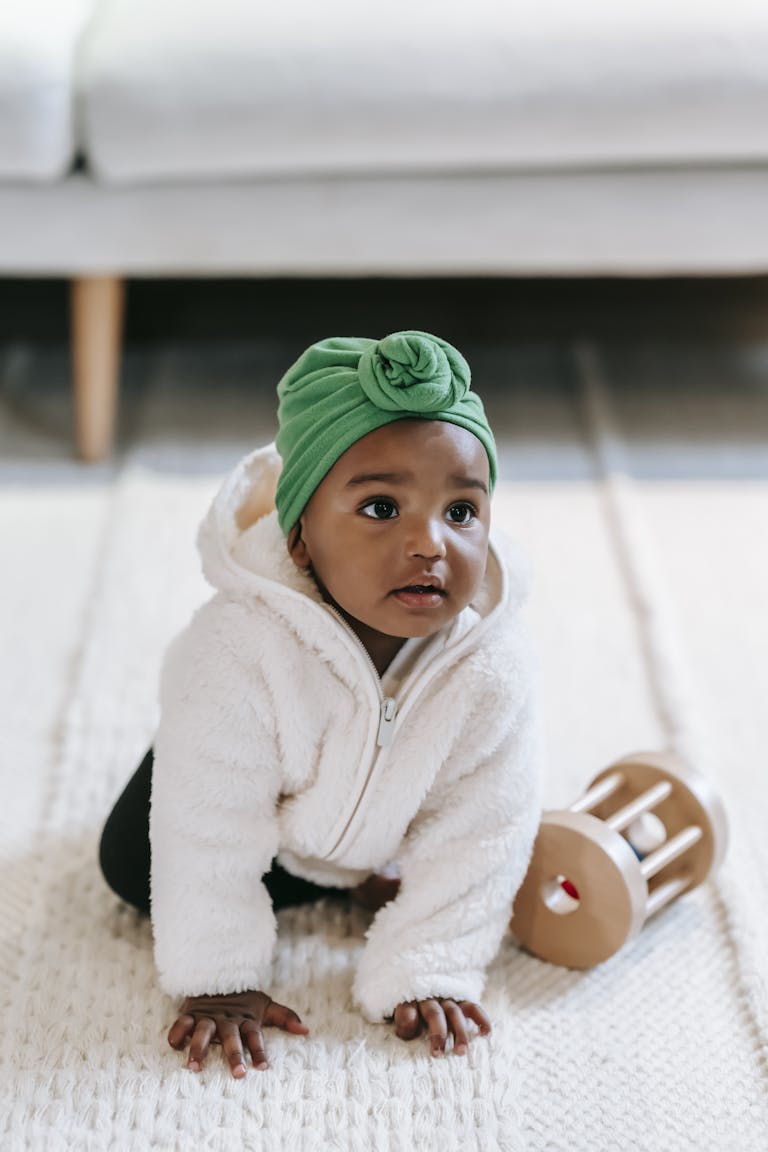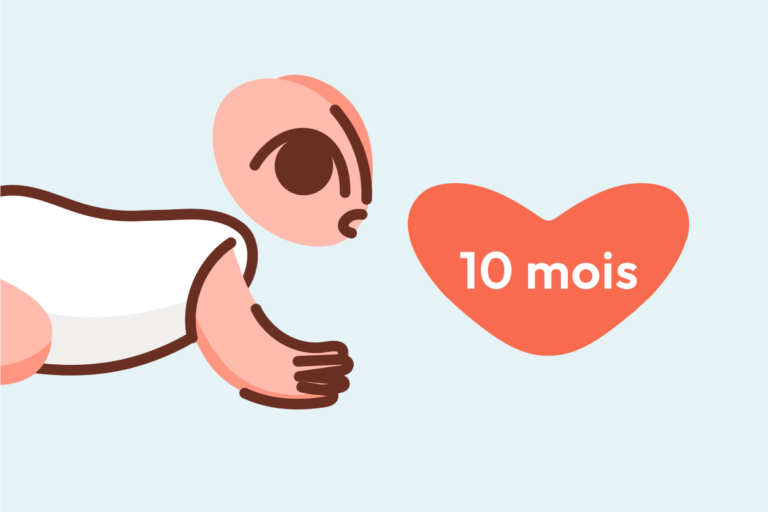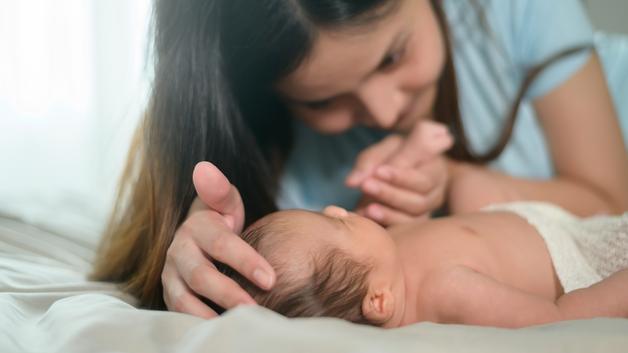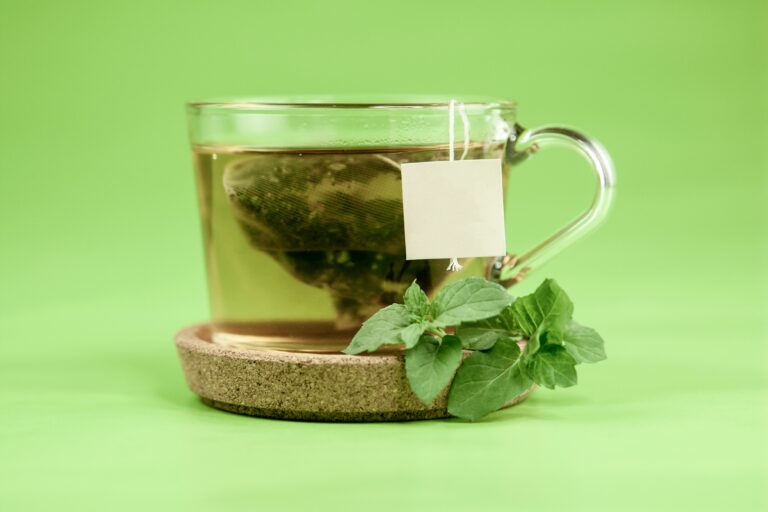At nine months, daily life with your child can feel like a delicately choreographed balancing act—so much is happening at once that even seasoned parents may find themselves with new questions every day. The 9 month old baby is suddenly brimming with curiosity and energy, keen on crawling into unexplored corners and vocalizing in ways that spark both fascination and uncertainty. Should you worry about sleep disruptions? Is your baby’s nutritional intake sufficient, now that finger foods are more than just a novelty? How do you foster independence, yet ensure every environment is safe for such a mobile explorer? Questions pile up: Is your baby’s cough a harmless symptom or a signal to consult your pediatrician? How many hours of sleep are actually needed at this age? These are real, pressing concerns for parents. The good news? There are practical strategies and evidence-based information that can help. Let’s sift through the latest pediatric insights, with a focus on development, medical perspectives, daily routines, nutrition, play, and—especially—safety.
The dynamic development of the 9 month old baby
Unlike the earlier months, the 9 month old baby brings a symphony of newly acquired abilities: if last month your child was content bouncing in place, now you may find them trying to pull up on furniture, their tiny hands clinging with surprising determination. Milestone achievements can vary, but patterns emerge—many babies now adopt the classic “four-point” crawl, and the celebrated pincer grasp (using thumb and forefinger to pick up small objects) becomes more precise. This motor evolution isn’t just entertaining; it directly supports growing independence. Yet pauses in progress can trigger concern—wondering if your baby is “on track” is incredibly common. Pediatricians rely on growth charts to assess whether your baby keeps steady along their personalized curve rather than chasing percentile perfection.
- Typical gross motor skills: crawling (sometimes belly-creeping), pulling up to stand by holding onto objects, and, for a few, brief supported steps.
- Fine motor agility: transferring objects from one hand to the other, stacking soft blocks, and (inevitably) exploring everything by mouth—so attention to choking hazards becomes absolutely paramount.
You may ask, is delayed crawling a sign of neurological problems? For the vast majority of 9 month old babies, a slight delay is not cause for alarms. Instead, look for incremental progress: reaching, rocking, pivoting, and clear interest in movement.
Language, communication, and early social bonds
Notice how your 9 month old baby responds to their name with sparkling eyes, how they babble strings of syllables that sometimes almost sound like words. Even if verbal communication is still limited, comprehension races ahead. At this stage, exposure to a rich vocabulary (through reading, singing, and simple conversation) lays essential foundations; neural connections proliferate in response to engaging, repetitive language.
- Expect babbling that morphs into proto-words—occasional bursts of “mama,” “dada,” or variations unique to your child’s speech patterns.
- Emotional cues (smiles, frowns, squeals) signal emotional literacy is evolving too.
Consider incorporating picture books, pointing to named items, and singing familiar rhymes. The science is clear: babies whose caregivers regularly read aloud display stronger language development by toddlerhood. Encouragement matters—responding enthusiastically to your baby’s attempts at communication (gesture, babble, or clap) reinforces early social competence.
Cognitive advances and separation anxiety
The brain of a 9 month old baby is a hub of activity: neural circuits responsible for object permanence—the understanding that things still exist even when hidden—are wiring rapidly. Classic peek-a-boo isn’t just play; it’s a lesson in trust and predictability.
But this intellectual leap often coincides with the first hints of separation anxiety. Tears at bedtime or when you leave the room are a normal, healthy sign of attachment. Gentle routines—a goodbye ritual or a favorite blanket—provide grounding reassurance.
- Engage in games involving hiding and finding toys.
- Allow your baby to watch you leave and return, gradually building trust that separations are temporary.
Daily schedules: striking the right rhythm
Creating a routine that balances play, rest, and nutrition benefits both baby and parent. For the 9 month old baby, life unfolds in predictable cycles—with two naps per day common, and play sessions tailored to short attention spans.
Structuring play in the safe home environment
Toys that stimulate manipulation (soft stacking rings, sensory balls, textured books) enable both fine motor and cognitive advancement. Prioritize safety: keep play areas free from sharp edges, secure all heavy furniture, and check that nothing small or breakable is within reach.
Encouraging exploration
Your baby’s autonomy blossoms with opportunities to choose between two toys or pieces of fruit. Support attempts at feeding themselves—messy, certainly, but essential for independence.
Sleep patterns at 9 months: what’s normal?
A surprising number of concerns brought to pediatricians center on sleep. The 9 month old baby generally requires between 12 and 15 hours of sleep per 24-hour cycle, usually split between nocturnal sleep and two daytime naps. But parents may face new challenges now: resistance at bedtime is often amplified by separation anxiety, and developmental leaps can cause night waking.
- Establish calm routines: a warm bath, a short story, gentle music, or simply spending quiet moments together in a dimly-lit room.
- Watch for sleep cues—rubbing eyes, yawning, clinginess—rather than insisting on a strict clock-driven schedule.
For those wrestling with a waking baby late into the night, it can help to gently reassure and limit stimulation rather than revert to earlier sleep associations (e.g., rocking or feeding to sleep). Experiment. Adapt. Each 9 month old baby will find their own rhythm.
Common health questions: coughs, colds, and when to consult
Respiratory symptoms in the 9 month old baby, such as a runny nose or cough, ignite understandable anxiety. Pediatricians differentiate between various types of cough:
- Dry cough: Usually viral, sometimes more prominent at night. If breathing is not labored and baby seems comfortable, it may resolve spontaneously.
- Productive (wet) cough: Can signal increased mucus in the airways. Key to differentiate benign causes from early bronchiolitis (especially if wheezing is present).
- Nighttime cough: Sometimes linked to mild reflux or secretions pooling due to supine position.
Practical steps:
- Use a humidifier, maintain hydration, and consider elevating baby’s head slightly while sleeping (never with loose bedding, always with pediatric guidance).
- Practice gentle nasal saline irrigation if congestion is pronounced; avoid over-the-counter cough suppressants, which are not recommended for this age group due to potential side effects.
Bronchiolitis, often caused by respiratory syncytial virus (RSV), is characterized by coughing, increased work of breathing, and sometimes wheezing. Key warning signs: persistent fever, fast or labored breathing, rib retractions, bluish lips—prompt evaluation by a pediatrician is warranted.
Colds, by contrast, typically result in mild cough and nasal congestion, without severe respiratory symptoms. Vomiting after cough (post-tussive emesis), commonly triggers concern but is generally benign.
Nutrition and feeding: establishing healthy eating habits
The 9 month old baby sits at the intersection of milk (breast or formula) and an increasingly diverse array of solid foods. Parents worry: Is my child eating enough? Too much? Is choking a lurking danger with every new texture offered?
Embrace variety. Offer soft, well-cooked vegetables, pieces of ripe fruit, shreds of cooked meats, and small bites of egg. Finger feeding is not simply about nutrition but supports coordination and postural stability. Scientific evidence underscores the importance of repeated exposure (sometimes up to ten or more tries) before rejecting a food as “disliked.”
- Water may be introduced in a sippy cup at meals; juice and sugary beverages should be avoided.
- Honey remains off-limits until after the first birthday, to prevent the risk of infant botulism.
For vegetarian families, discuss plant-based protein strategies with your pediatrician to ensure adequate iron intake and protein assimilation—some sources, such as lentils, are less bioavailable than animal-based proteins.
Mealtime tips:
- Cut foods into manageable chunks, avoiding whole grapes, nuts, and large pieces of raw vegetables.
- Create a playful atmosphere—use vibrant colors, offer finger foods, and allow your child to explore.
- Supervise eating closely, minimizing distractions.
Safety and home adaptation: essential babyproofing
Mobility increases dramatically at this age—your 9 month old baby will surprise you with their ability to find and explore hazards you hadn’t even considered. Pediatric injury research underscores the need for robust prevention strategies:
- Install safety gates at staircases, secure all furniture, and place covers on electrical outlets.
- Keep all medications, cleaning agents, and any toxic substances out of sight, out of reach, and ideally locked.
- Hot beverages should never be anywhere near baby’s reach; test bathwater temperature meticulously, and never leave your child unattended around water—drowning remains a leading cause of unintentional injury.
- Anchor TVs and heavy furniture to walls; ensure curtain cords are tied up, and that no small objects (coins, batteries) are within grasp.
Play spaces should be defined, clear of sharp edges and small parts, and under supervision. Each environment must be reevaluated regularly as new skills unfold—crawlers become standers, standers become fledgling walkers.
Play and stimulation: supporting growth through activity
The optimal way to stimulate the growing brain of the 9 month old baby is through interactive, developmentally appropriate play. Place a favorite toy just out of reach: this simple challenge encourages crawling and coordination. Engage in sensory play—soft fabrics, musical toys, and water play at bath time are all enriching.
- Encourage turn-taking games (“your turn, my turn”) and sing repetitive songs to foster emerging communication skills.
- Use picture books and exaggerated facial expressions to maintain attention and brighten cognitive connections.
- Push toys or sturdy objects that support standing and “cruising” build confidence for those tentative first steps.
Nurturing independence and emotional development
The emerging independence of the 9 month old baby is a source of both joy and, at times, anxiety. Letting your child explore (within safe limits) builds a foundation for confidence and self-efficacy—but separation anxiety may surface, especially in new or stimulating environments.
- Offer choices, however simple: red block or blue?
- Provide consistent, soothing reassurance at separation: a brief, positive goodbye with a confident return.
- Respond empathetically to distress, but encourage short bursts of independent play as attention spans grow.
Healthcare professionals advise a nuanced balance—security and gentle autonomy foster resilience and adaptability.
Key Takeaways
- Celebrate the whirlwind of progress—mobility, grasping, babbling, and curiosity—of the 9 month old baby, yet remain vigilant for choking and environmental safety risks.
- Balanced nutrition at this age combines continued breastfeeding or formula with a diverse menu of soft, manageable finger foods. Repeated exposure, rather than pressure, helps develop a broad palate.
- Respect your baby’s individual sleep needs; firm routines combined with comfort objects help smooth transitions, while temporary nighttime disruptions are par for the developmental course.
- Recognize the normalcy of minor coughs and congestion, but remain alert for signs that indicate when pediatric evaluation is needed—wheezing, significant respiratory distress, persistent fevers, or blue lips.
- Interactive play, reading, singing, and choices foster language, cognitive development, and independence.
- Seek tailored advice and reliable information whenever uncertainty arises—healthcare professionals and digital tools can extend valuable support for parents.
- For deeper personalized guidance and free health questionnaires for your child, consider downloading the Heloa app—resources that empower confident choices every step of the way.
Questions Parents Ask
What activities can help a 9-month-old baby’s development?
Supporting your baby’s curiosity at this age is valuable. Simple games like peekaboo, block stacking, or rolling a ball can encourage coordination and cognitive growth. You can also introduce safe household objects with interesting textures for sensory play. Singing songs or reading aloud fosters language skills—even if your baby is not yet speaking, these moments are enriching and nurturing for emotional connection.
Can a 9-month-old baby drink water?
Yes, introducing small amounts of water is generally safe for babies at this stage, particularly during meals or on warmer days. It’s best to offer water in a sippy cup to help practice independent drinking. However, breast milk or formula should remain your baby’s main source of hydration and nutrition until their first birthday, as water alone does not provide essential nutrients.
How often should a 9-month-old visit the pediatrician?
Regular check-ups are recommended to track your baby’s growth and overall well-being. Around 9 months, a scheduled health visit allows your pediatrician to assess physical development, answer any questions you may have, and ensure vaccinations are up to date. These appointments are important not just for monitoring milestones, but also for addressing any concerns and receiving guidance tailored to your family.

Further reading:









